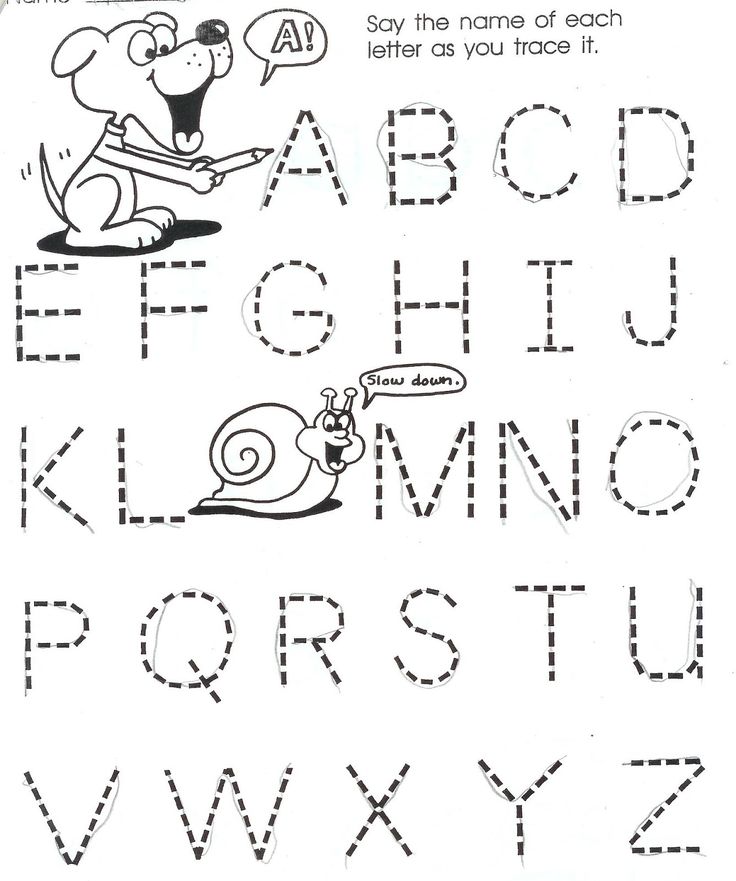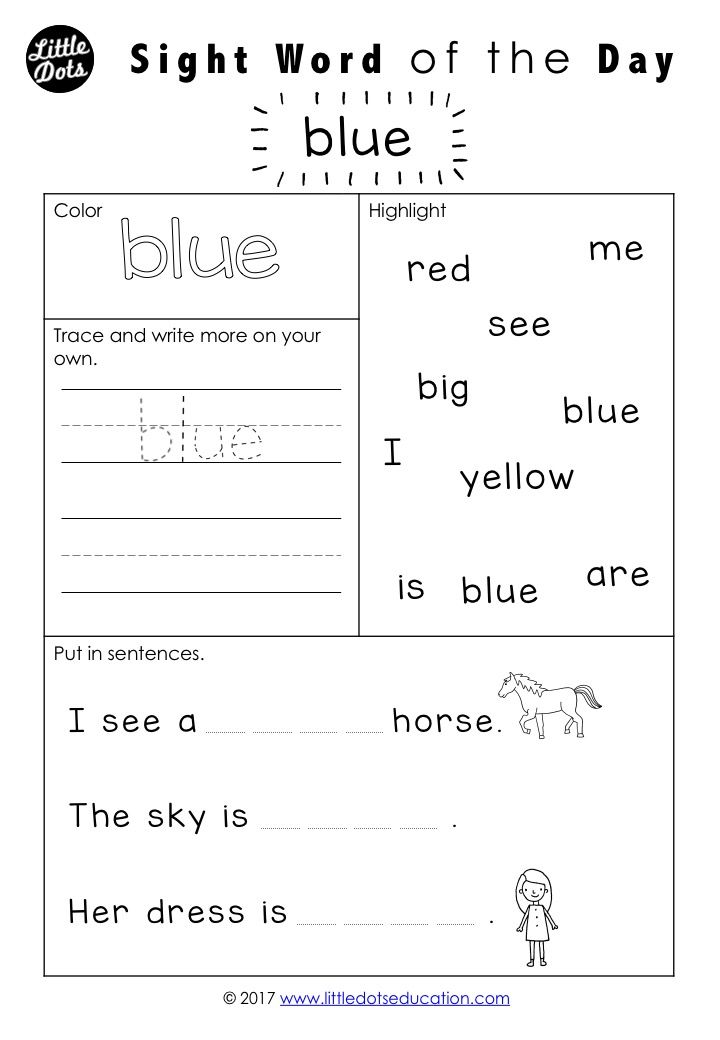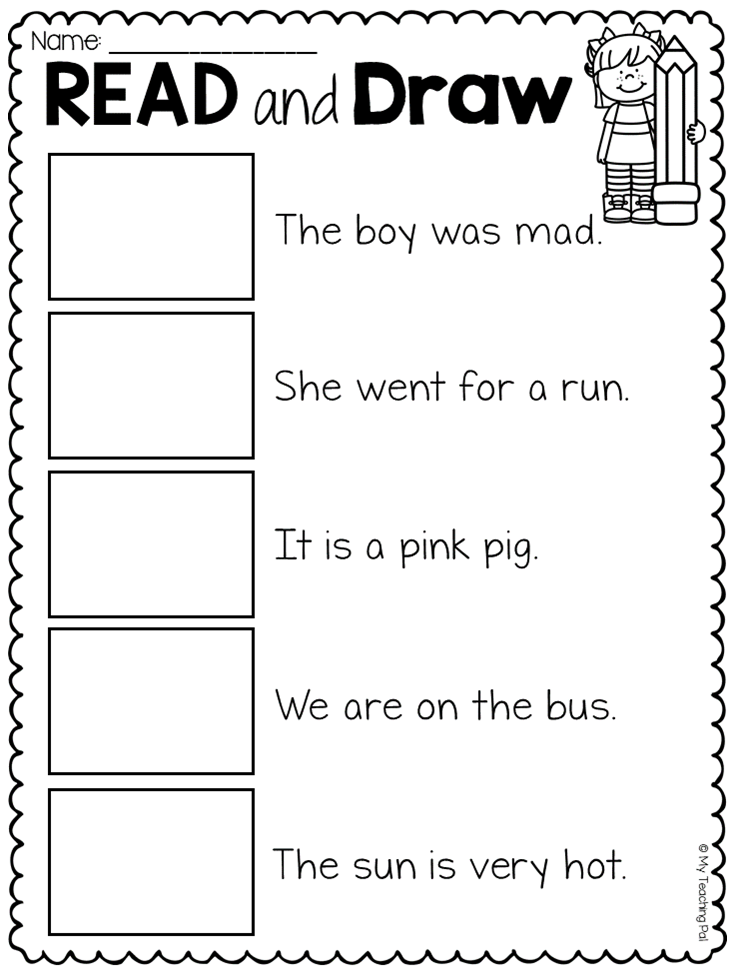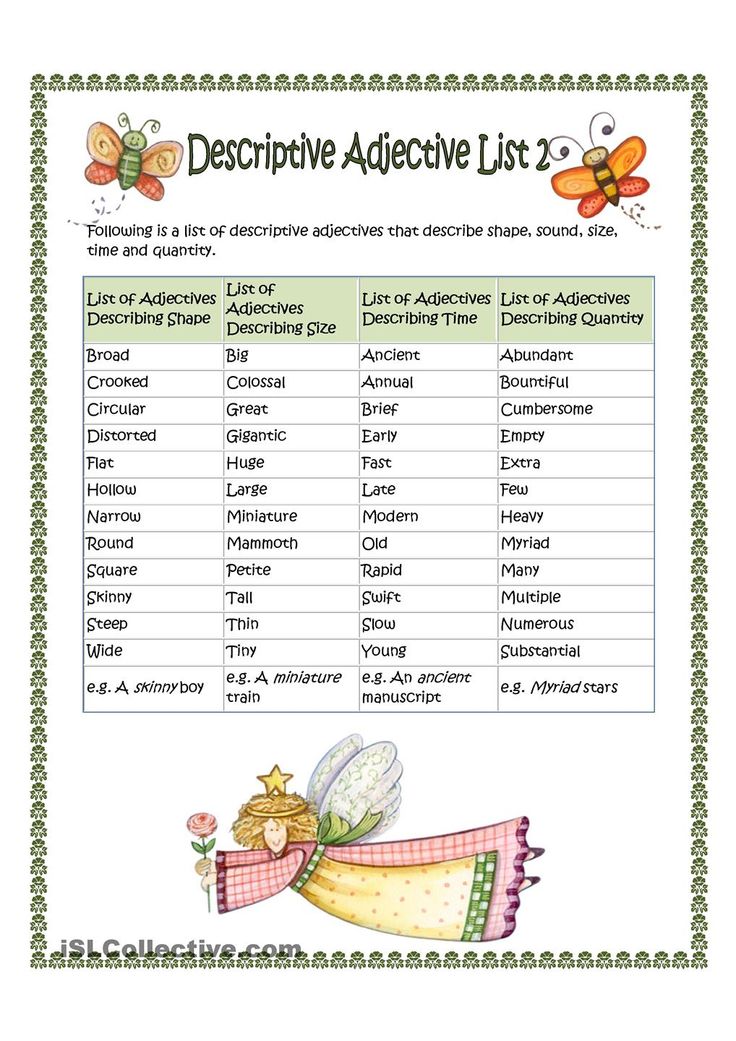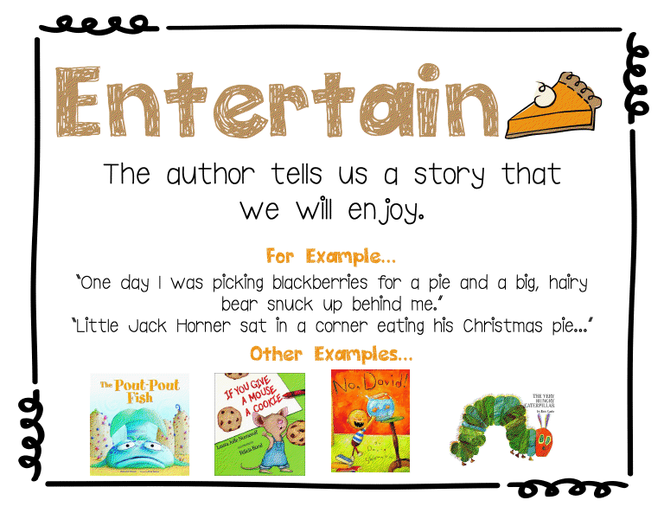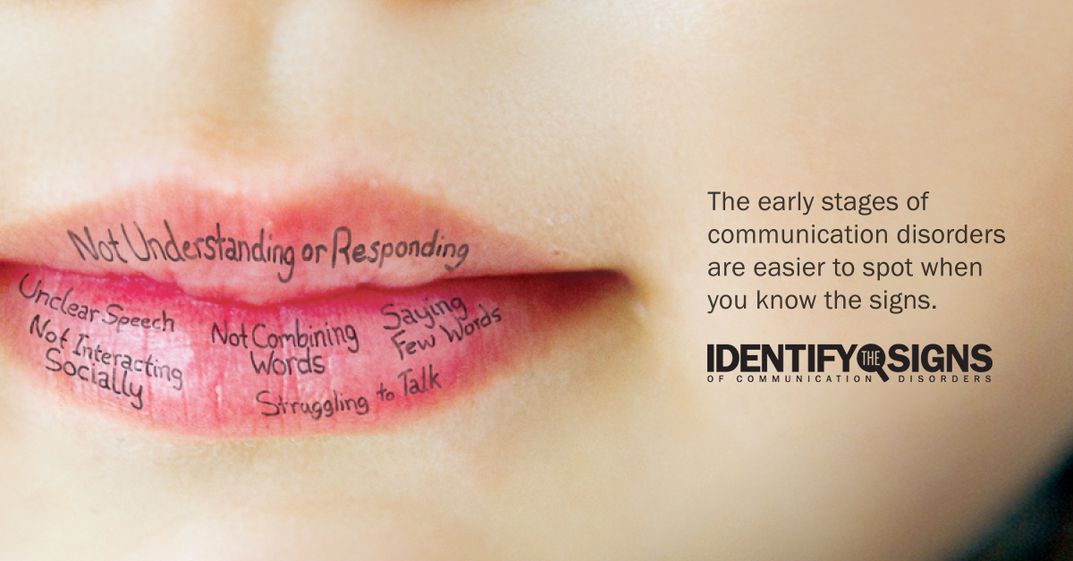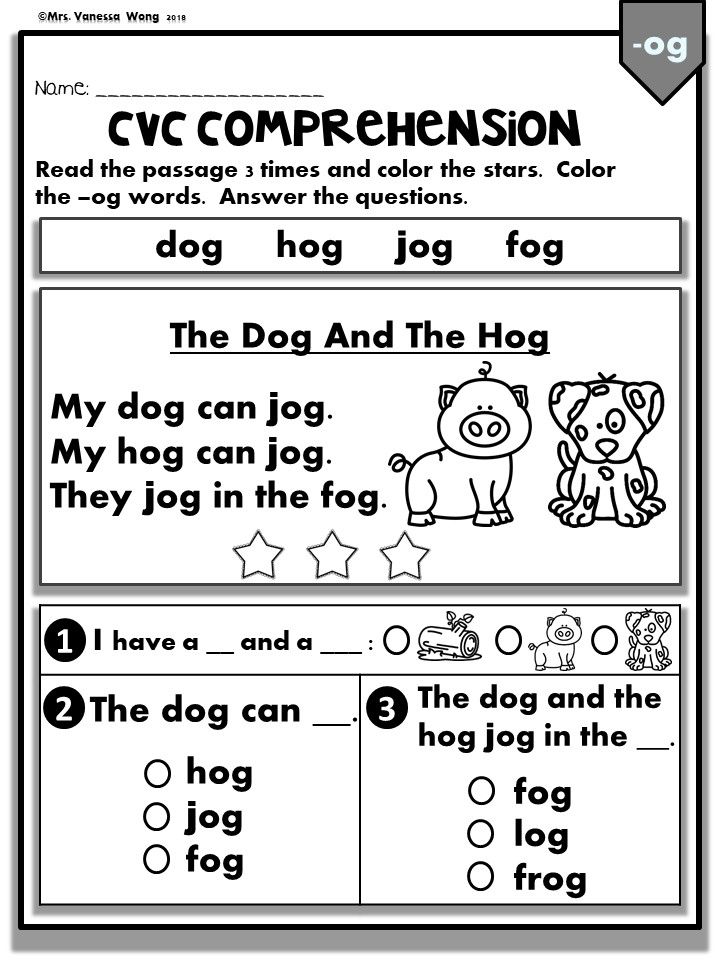Listen and learn with phonics
Listen and Learn with Audiobooks
By: Reading Rockets, Rachael Walker
Audiobooks are a wonderful way to expose your child to complex language, expressive reading, and fantastic stories. Listening to audiobooks also gives kids the valuable and enjoyable experience of using their own imaginations to visualize the people and places they’re hearing about. Here, you’ll find guidance on what to look for in choosing audiobooks as well as listening tips.
Audiobooks are a wonderful way to expose your child to complex language, expressive reading, and fantastic stories. Listening to audiobooks also gives kids the valuable and enjoyable experience of using their own imaginations to visualize the people and places they’re hearing about. Though popular with many families during long car trips, audiobooks are a great way to experience stories anytime, anywhere.
What to look for
- Familiar stories. For your child, listening to an audiobook is a very different experience from hearing you read a book aloud.
In introducing audiobooks to your child, look for audiobooks of stories your child has heard you read or tell before. Being familiar with the story will help your child enjoy hearing it from a different reader and become a willing listener.
- Easy-to-use format. Consider what format will work best for you and your child. Audiobooks are available as CDs and you can often find them at your local public library packaged with a copy of the picture book or early reader. Some libraries also carry Playaways, which are books pre-loaded onto MP3 player available for checkout. Your library may also provide audiobooks as digital files through a service like OverDrive that you can check out and download to your personal device. There are also many online digital services such as Audible and Tales2Go where you can subscribe to an extensive catalog of audio content.
- Quality titles. When choosing audiobook titles, seek suggestions from your librarian and consult recommendations from experts, such as Notable Children's Recordings from the American Library Association or Reading Rockets’ Favorite Audiobooks.
 But also get kid opinions on selections to help get them invested before listening begins.
But also get kid opinions on selections to help get them invested before listening begins. - Good production. Whenever possible, listen to a sample of the audiobook before you dive in. If the narrator’s voice grates on your nerves or you find added background music and sound effects to be a distraction, you’ll save all the listeners in your family some time and pain.
What to do
- Listen to audiobooks together. Audiobooks are a wonderful shared reading experience and a shared story gives everyone in the family something to talk about. Plus, you can help boost your child’s thinking skills by asking questions about what you’ve listened to or take turns with your child retelling favorite parts of the story.
- Offer some background information or a preview of the story to help your child focus his listening and more easily follow what’s happening in the story. If you have a soon-to-be reader and or early reader, a copy of the book to follow along will help kids make the connection between the written and spoken words.

- Feel free to stop listening. If an audiobook isn’t engaging, try another!
- Keep your young listeners in mind. While kids can listen on a higher level than they can read, some stories may be too complex for young listeners to follow and enjoy. There is an abundance of audio picture books and poetry to enjoy and no need to rush straight into Harry Potter.
- Don’t let audiobooks take the place of you reading aloud to your child or telling them stories. The time you spend together will help your child make a lasting discovery of what reading for pleasure is all about.
- Download this article as a PDF
- View this article in Spanish
Reading Rockets, Rachael Walker (2017)
Reprints
You are welcome to print copies or republish materials for non-commercial use as long as credit is given to Reading Rockets and the author(s). For commercial use, please contact [email protected]
Related Topics
Assistive Technology
Children’s Books
Dyslexia
Educational Technology
English Language Learners
Fluency
Learning Disabilities
Motivation
Struggling Readers
Summer reading
New and Popular
100 Children’s Authors and Illustrators Everyone Should Know
A New Model for Teaching High-Frequency Words
7 Great Ways to Encourage Your Child's Writing
All Kinds of Readers: A Guide to Creating Inclusive Literacy Celebrations for Kids with Learning and Attention Issues
Screening, Diagnosing, and Progress Monitoring for Fluency: The Details
Phonemic Activities for the Preschool or Elementary Classroom
Our Literacy Blogs
Teaching Students to Use Context
Kids and educational media
Meet Ali Kamanda and Jorge Redmond, authors of Black Boy, Black Boy: Celebrating the Power of You
Get Widget |
Subscribe
Phonics Activities to Teach kids to Read with ABC Phonics/ Kiz Phonics
Teach kids to Read with the One-Stop Phonics Platform!
Explore by Level:
Preschool Kindergarten L1 Kindergarten L2 1st Grade L1 1st Grade L2 2nd Grade L1
Kiz Phonics is an excellent progressive program to teach kids to read using a synthetic phonics approach. You get a complete set of activities to teach phonics, structured by levels from preschool, kindergarten, 1st grade to 2nd grade. We offer the following phonics activities for your preschool, kindergarten, first and second grade learners:
You get a complete set of activities to teach phonics, structured by levels from preschool, kindergarten, 1st grade to 2nd grade. We offer the following phonics activities for your preschool, kindergarten, first and second grade learners:
Explore all Resources Sign Up
The Kiz Phonics program is carefully arranged by levels from Preschool Ages 3-4, Kindergarten Ages 4 -6, 1st Grade Ages 6-7 & 2nd Grade Ages 7-8. It is suitable for school teachers, home-school parents and other educators trying to help children learn to read.
Kids Phonics Teaching Resources
Phonics Worksheets
Teach phonics with the highest quality pdf print outs. Our phonics worksheets are structured by level.
Print Now
Phonics Games
Practice key phonemes, sentence reading and word blends with highly engaging interactive phonics games by level.
Play Now
Phonics Lesson Videos
Use our phonics video lessons to teach phonemic awareness, word blending and print awareness by level.
Learn Now
Phonics Stories
Find 21 phonics stories to build learners’ confidence in early literacy. The stories are carefully developed around the phonemes.
Listen Stories
Flashcards & Charts
We offer printable phonics flashcards, phonics charts and wallpapers for classroom teaching and phonics homeschooling.
Print Now
Listening Materials
Phonics listening materials come in several varieties - with mp3 files to match each worksheet and story, as well as phonics songs.
Listen Now
Learn More
Phonics Program by Level - Preschool to 2nd Grade
Preschool Phonics - Ages 3-4
Learning to read starts here. From as low as 3 years, your child needs to build the following skills that will prepare him/her for reading.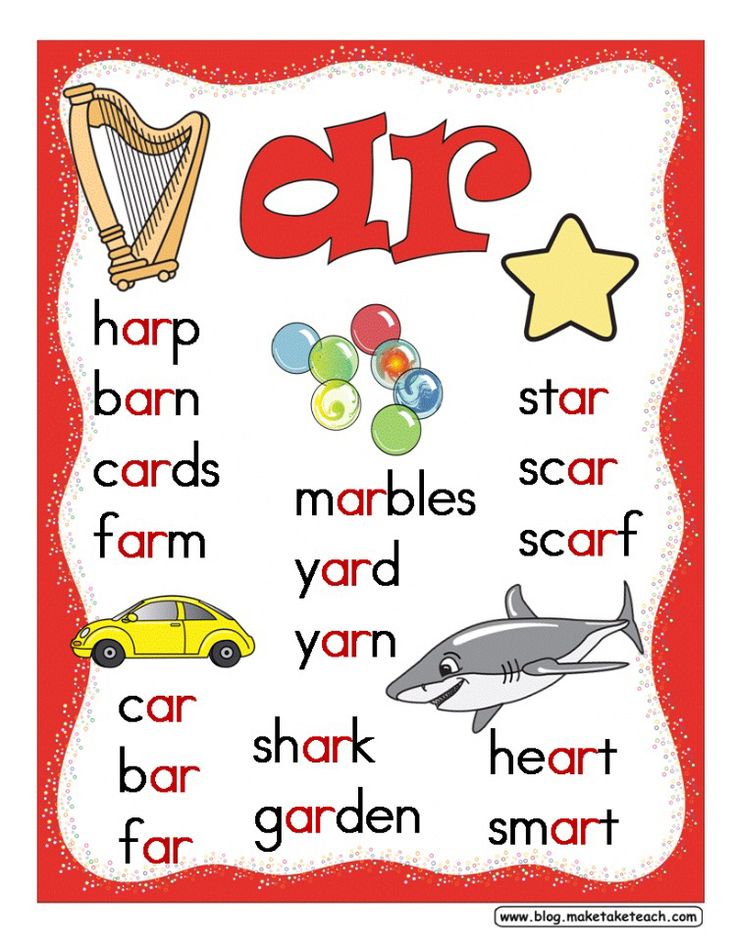 Print Awareness and Phonemic Awareness are the hallmarks of this level. We provide the following types of resources:
Print Awareness and Phonemic Awareness are the hallmarks of this level. We provide the following types of resources:
Kindergarten Phonics L1 - Ages 4-6
The Kindergarten Level 1 Reading Program, is suitable for kids between the ages of 4 to 6. Children will learn short vowels a & e, beginning and ending consonant sounds. The will learn how to read words, sentences and 2 short stories.
Kindergarten Phonics L2 - Ages 4-6
The Kindergarten Level 2 Reading Program, is suitable for kids between the ages of 4 to 6. Children will learn short vowels i, o & u, ending and beginning consonants & digraphs. The will learn how to read words, sentences and 2 short stories.
First Grade Phonics L1 - Ages 6-7
The 1st Grade Level 1 Reading Program features a review of all the short vowels, beginning and ending consonants.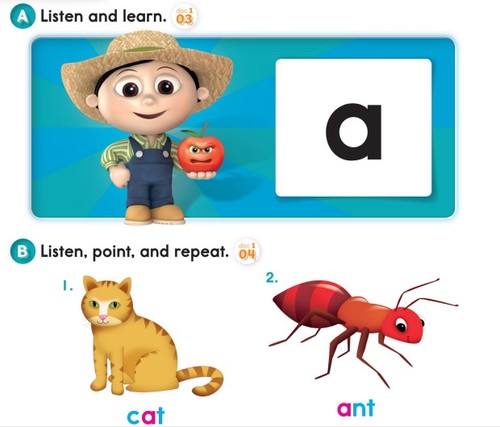 Your children will learn words with the S blends, consonant digraphs ch, sh, th, wh and ph. They will also learn the soft C and G sounds.
Your children will learn words with the S blends, consonant digraphs ch, sh, th, wh and ph. They will also learn the soft C and G sounds.
First Grade Phonics L2 - Ages 6-7
The 1st Grade Level 2 Phonics Program features the long a & i with the silent e. Kids will learn how the silent e changes the sounds of words. This level also includes vowel digraphs ai & ay, vowel digraphs ee & ea and final y as long e.
Second Grade Phonics L1 - Ages 7-8
The 2nd Grade Level 1 Phonics Program features the long o & u with the silent e. This level also includes vowel digraphs like oa & ow, ui & ue and final y as long i.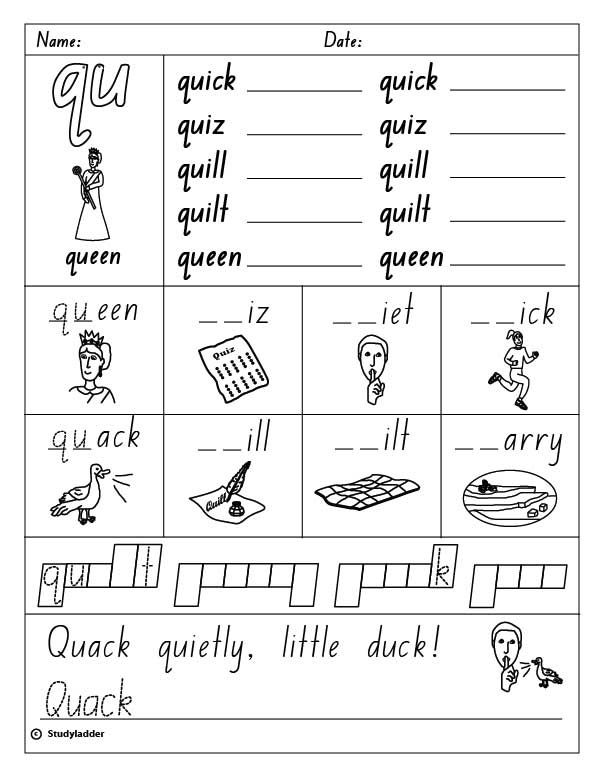 Special vowels like aw & ew will be also be learned.
Special vowels like aw & ew will be also be learned.
Subscribe for Full Access
Single Plans
Group Plans
1 Year - Single User
- $59
- Single user access
- Unlimited Access to All Materials in the Members Area for 1 Year
- Phonics Worksheets
- Phonics Videos
- Phonics Games
- Phonics Listening
- Phonics Flashcards
- Short Stories
- Board Games & Card Games
- Add multiple users
Sign Up
Sign Up
(Add up to 20 users at $99)
6 Months - Single User
- $39
- Single user access
- Unlimited Access to All Materials in the Members Area for 6 months
- Phonics Worksheets
- Phonics Videos
- Phonics Games
- Phonics Listening
- Phonics Flashcards
- Short Stories
- Board Games & Card Games
- Add multiple users
Sign Up
Sign Up
(Add up to 20 users at $99)
6 Months - up to 10/20 users
- $69-$99
- Create & Manage up to 10/20 sub-users from main account with unique log in details
- Unlimited Access to All Materials in the Members Area for 6 months
- Phonics Worksheets
- Phonics Videos
- Phonics Games
- Phonics Listening
- Phonics Flashcards
- Short Stories
- Board Games & Card Games
- Add multiple users
Sign Up
(Add up to 10 users at $69)Sign Up
(Add up to 20 users at $99)
1 Year - up to 10/20 users
- $99-$159
- Create & Manage up to 10/20 sub-users from main account with unique log in details
- Unlimited Access to All Materials in the Members Area for 1 year
- Phonics Worksheets
- Phonics Videos
- Phonics Games
- Phonics Listening
- Phonics Flashcards
- Short Stories
- Board Games & Card Games
- Add multiple users
Sign Up
(Add up to 10 users at $99)Sign Up
(Add up to 20 users at $159)
Phonics Articles
What is Phonics?
This question is more common than you may think. Without sounding…
Without sounding…
Read more
https://www.kizphonics.com/wp-content/uploads/2021/08/what-phonics.jpg 400 457 KizPhonics https://www.kizphonics.com/wp-content/uploads/2014/06/kizphonics-logo.png KizPhonics2015-07-13 09:40:372021-09-01 16:22:43What is Phonics?Phonics Lesson Plans Made Easy
The Kiz Phonics Resources & Structured Guide to Teaching…
Read more
https://www.kizphonics.com/wp-content/uploads/2021/08/phonics-home3-457x400-1.jpg 400 457 KizPhonics https://www.kizphonics.com/wp-content/uploads/2014/06/kizphonics-logo.png KizPhonics2014-08-30 15:43:572021-09-01 16:22:24Phonics Lesson Plans Made EasyPhonics Methods Used on KizPhonics
Kiz Phonics is a direct systematic phonics program, which uses…
Read more
https://www.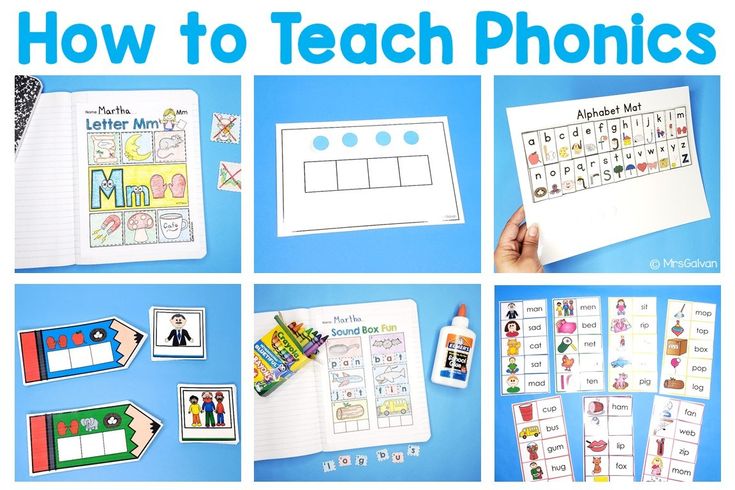 kizphonics.com/wp-content/uploads/2021/08/alphabet.jpg 400 457 KizPhonics https://www.kizphonics.com/wp-content/uploads/2014/06/kizphonics-logo.png KizPhonics2014-06-01 17:02:272021-09-01 17:03:17Phonics Methods Used on KizPhonics
kizphonics.com/wp-content/uploads/2021/08/alphabet.jpg 400 457 KizPhonics https://www.kizphonics.com/wp-content/uploads/2014/06/kizphonics-logo.png KizPhonics2014-06-01 17:02:272021-09-01 17:03:17Phonics Methods Used on KizPhonicsTestimonials
This is such a great program. I used this several years ago, as I took my oldest out of elementary to homeschool mid term for health reasons. This was so great because even starting at the beginning. She didn’t loose a thing, but had time to grasp it all. Very well thought out and fun for her. Thanks so much, I’ve noticed it has only gotten better as the years have passed.
Matthew Pavon
I am looking to run literacy classes for young pre-school children and am seeking a reputable and effective phonics-based system to use as the foundation of my classes. Your materials and website look excellent (and I am also reviewing Jolly Phonics and Letterland).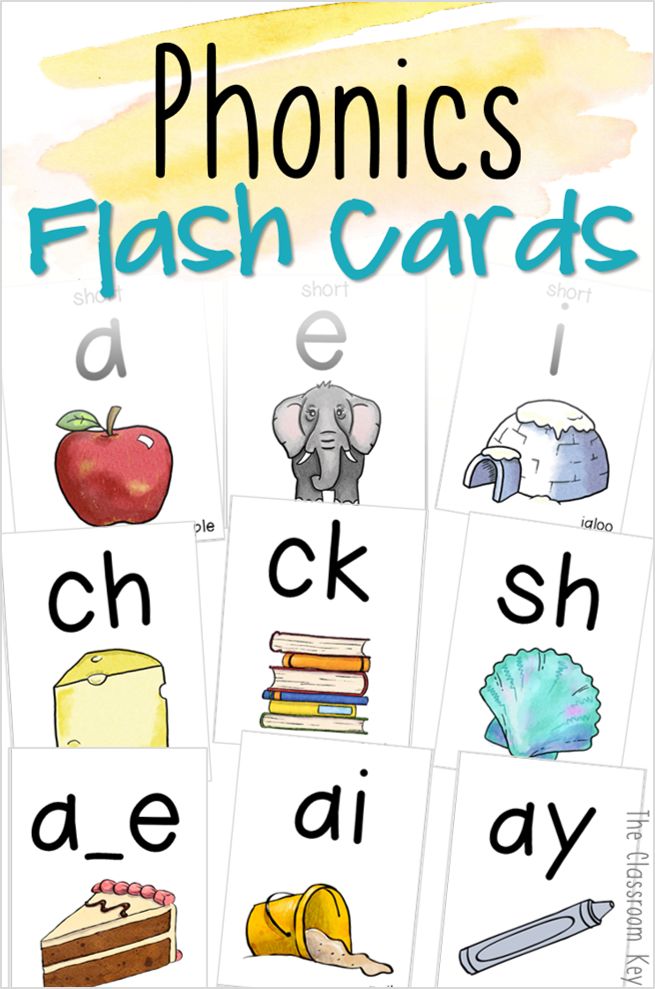 ..
..
Vanessa (Australia)
Excellent material for teaching phonics.Thanks alot.
Nagapadma (India)
I have gone through your product. It is an excellent product. Everything is well prepared and in sequence. Do you have any authorized agent or distributor in Kuwait?
Abid (Kuwait)
Congratulations and thanks for this good work.
Janice (USA)
I really find your resources very beneficial, especially during this pandemic. My 4-year old toddler has benefitted tremendously. Thank you!
Ediza (USA)
Thank you for all the materials you've been sharing. They're so helpful and lessen the workload of teachers. Keep sharing and giving.
Salute!
Jel Cayabyab
These are the best. I absolutely Love these PPTs. There are right on point, very engaging, and colorful.
Jennifer Feagin
Why Use Kiz Phonics?
Deliver the joy of learning to read by using the Kiz Phonics curriculum and phonics activities. Phonics is a method of teaching children to read by combining letters to form sounds. As such, preschoolers usually begin with print awareness using the 26 letters of the alphabet. These letters can be combined to form sounds called phonemes. In a synthetic phonics approach, kids blend sounds to read full words. Reading comprehension is not an immediate priority at the early phases. Phonics teaches kids to read unfamiliar words. It is a more effective method for learning to read compared to word recognition. As learners are different, you need a varied set of resources to teach phonics – phonics worksheets, phonics games, phonics flashcards, listening materials, word families activities, phonics short stories, phonics lesson videos, and PowerPoint – we got you covered!
Teaching kids to read is not solely the job of the classroom teacher.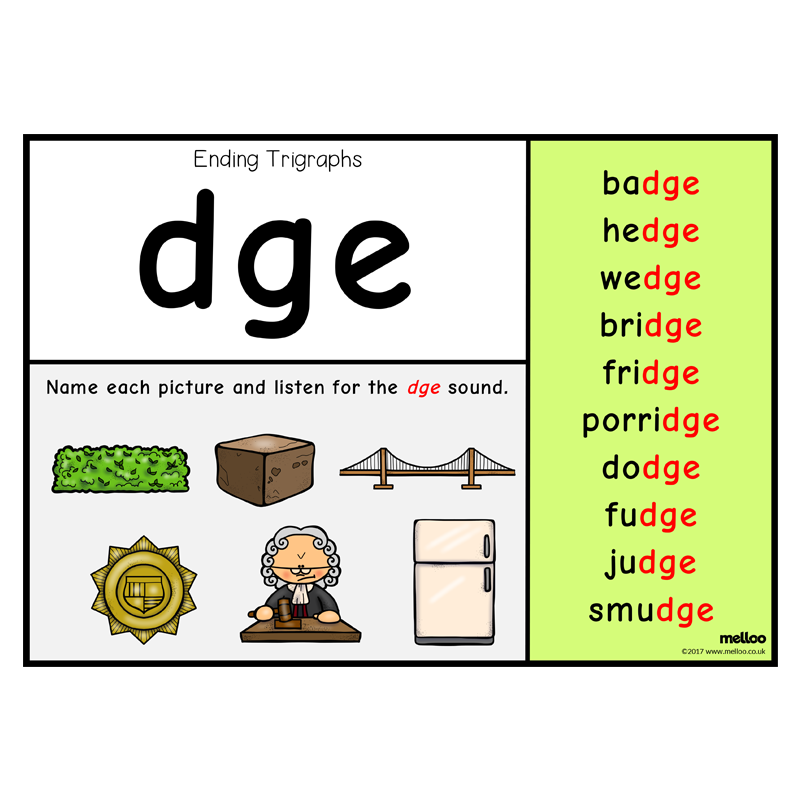 Parents, both native and non-native English speakers, can follow our guidelines and phonics activities to bring kids from zero to hero in reading. It is an absolute joy to watch your child begin the baby steps of combining letters and sounds to read unfamiliar words. Sign up today and make full use of the most effective activities designed to teach your child to read through phonics.
Parents, both native and non-native English speakers, can follow our guidelines and phonics activities to bring kids from zero to hero in reading. It is an absolute joy to watch your child begin the baby steps of combining letters and sounds to read unfamiliar words. Sign up today and make full use of the most effective activities designed to teach your child to read through phonics.
Russian language lessons for foreigners: colloquial speech, grammar
Russian language lessons for foreigners phonetics, grammar, colloquial speech. Useful tables, texts, dialogues, exercises, tests with keys. All this can be found in the very popular set of textbooks "Matryoshka" . Watch video about him.
Sometimes students or teachers need to have at hand the most necessary materials on Russian grammar :
- declension tables for Russian nouns, adjectives, pronouns ,
- conjugation and classes of Russian verbs
- or systematized rules for reading Russian letters.

I looked into a computer or a smartphone and everything is in order, no need to look in textbooks.
Need to know and learn the most current Russian colloquial phrases ? For example, communication stereotypes among Russians : phrases at a meeting and parting, etiquette phrases: requests, apologies, etc. ? They can be viewed on our website and even translated into English.
Russian lessons
Would you like to read texts and dialogues in Russian ? They are on the site. And you can check yourself whether you understood them correctly by answering questions to them.
Do you write badly in Russian? Refer to page "Learning to write Russian correctly" .
And if you are ready to test yourself, do you understand Russian speech by ear, you can listen to on the site and individual Russian words , and phrases , and dialogues, and texts .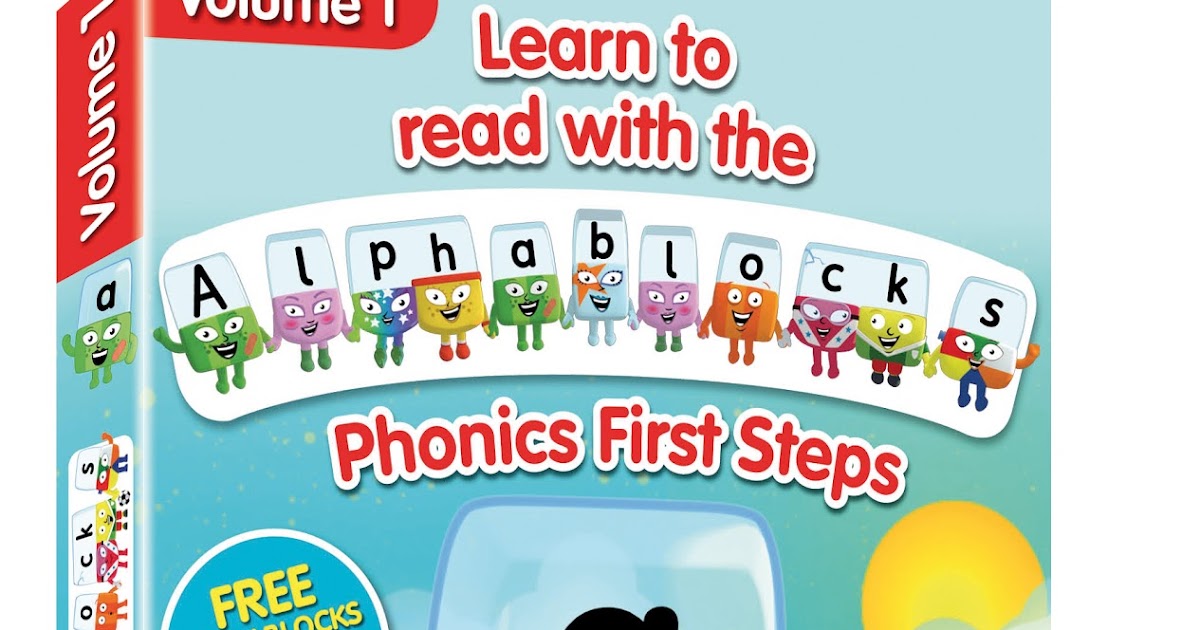 And also test yourself.
And also test yourself.
Russian lessons
Russian numerals ? Yes, this is a problem for many foreigners studying Russian. Therefore, a special page is dedicated to them, where you can read and learn them. Russian cardinal and ordinal numbers for a better understanding are in the tables. But how do you know if you read them in Russian correctly? To do this, we recorded audio with Russian numerals . You can repeat them after the announcer and speak Russian correctly. And to test yourself, you can write dictation . We also offer it to you.
If you want to test your knowledge of Russian grammar and Russian colloquial speech , run tests . And then look at answers to them.
We offer you Russian language lessons online on a variety of topics, for the development of a variety of skills and abilities.
And if you have any questions or problems, you can always refer to the textbooks presented on our website.
Do you want to know Russian colloquial speech better? We recommend you textbook “Survival Russian. Speak right!"
Would you like to read more Russian texts on a variety of topics? Use the manual "Reading and Understanding" .
Do you need to learn to listen to and understand live Russian speech? Refer to the book "Listening to live Russian speech" .
Where can I buy these textbooks? For example, in the store "Kalinka" . For details see here .
English phonetics for children. Basics of correct pronunciation
Learning English begins with the alphabet. Then it turns out that the letters have a different sound depending on the position in the word. Studying the phonetics of the English language will help you understand the rules of pronunciation.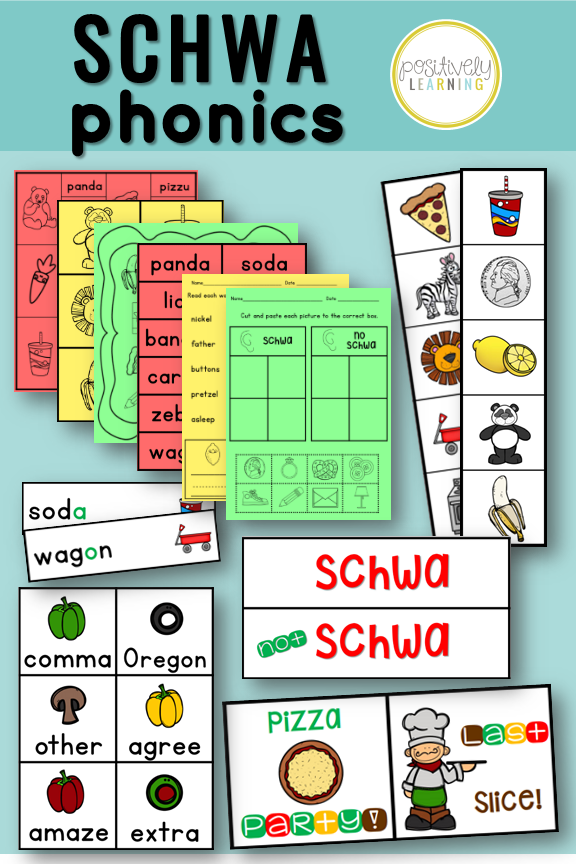 This topic is considered one of the most difficult, since some sounds form such intricacies that it is impossible to read them without transcription. But we hasten to assure you that setting the correct pronunciation is a task feasible for everyone. And the Capital School Center will help you with this.
This topic is considered one of the most difficult, since some sounds form such intricacies that it is impossible to read them without transcription. But we hasten to assure you that setting the correct pronunciation is a task feasible for everyone. And the Capital School Center will help you with this.
Where do you start to be successful in the shortest possible time?
The sound structure of words must be studied not only in order to deeply engage in linguistics in the future. Without knowing the basics, the student simply will not be able to pronounce English words correctly. It so happened historically that spelling rarely coincides with pronunciation. This is due to the fact that the English language developed under the significant influence of French, as well as various dialects.
You can ideally master English grammar, but at the same time put the wrong stress in words. This is what reduces your level of knowledge of English in the eyes of the interlocutor.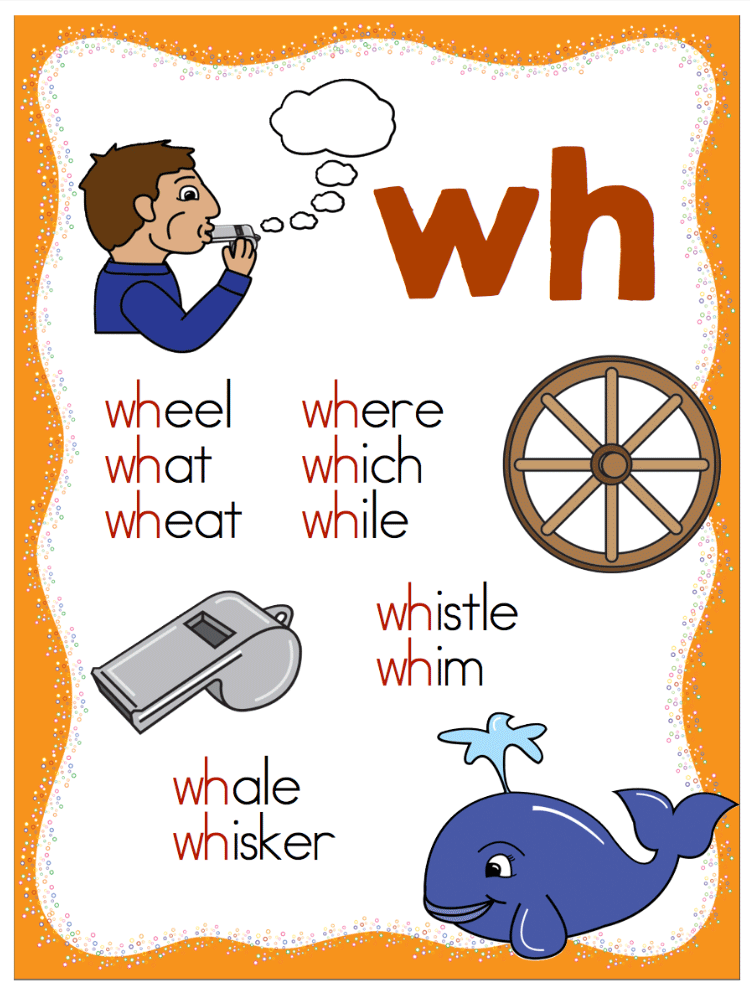
Mastering the phonetic course of a foreign language will help you communicate with native speakers in the future.
Linguists recommend taking on the basics of the language at an early age.
After mastering the alphabet and the rules for pronunciation of letter combinations, you can move on to monosyllabic words: cat, pig, hat, pan. The main task of the teacher is to teach children to pronounce sounds and their combinations correctly from the very beginning.
Education should be in the form of a game. Dry academic testing will not bring the expected result. For children, it is important that the activities are interesting and do not cause a desire to run away.
Visual materials make English more accessible for learning and understanding. In the lessons, you can use cards with colorful images, where on one side there is a letter or sound, and on the other - animals, favorite cartoon characters, fruits or toys.
To quickly remember how to pronounce a certain sound, repeat it with your baby several times a day.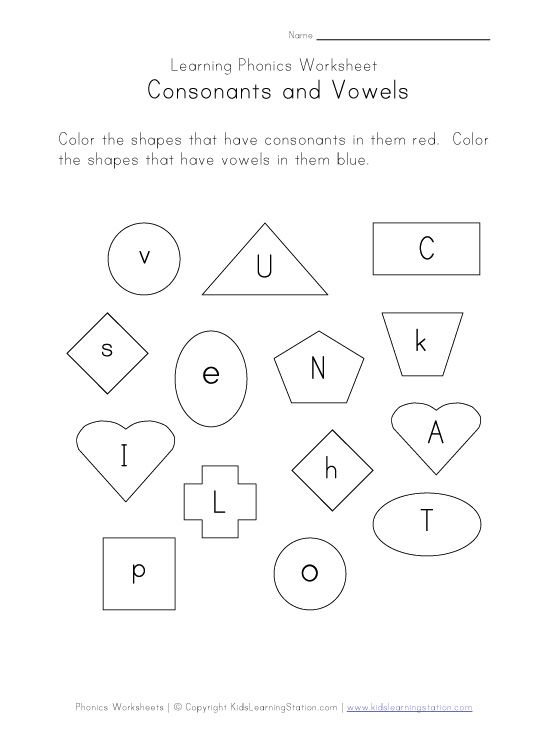 Choose an English word that the baby will associate with something funny or pleasant. For example, pie [paɪ] will remind you of a delicious summer apricot pie. While studying the sound [ɑː] in the word car, ask the baby to imagine a different car each time: blue, yellow, red, sports or SUV. Seeing a car on the street or on TV, the baby will instantly remember how to pronounce the English vowel correctly.
Choose an English word that the baby will associate with something funny or pleasant. For example, pie [paɪ] will remind you of a delicious summer apricot pie. While studying the sound [ɑː] in the word car, ask the baby to imagine a different car each time: blue, yellow, red, sports or SUV. Seeing a car on the street or on TV, the baby will instantly remember how to pronounce the English vowel correctly.
Do I need Capital School Center courses to learn basic pronunciation?
Of course, you can learn English on your own, but this approach does not guarantee a good result. You must hear how certain sounds are pronounced correctly in words, and understand why this happens. This can be explained by qualified Russian-speaking teachers and those for whom English is native.
It takes a lot of practice to learn how to speak a foreign language correctly. The advantage of our classes is that the teacher will immediately pay attention to your mistakes and help you correct them. Of particular benefit will be classes with a native speaker who probably knows the rules of pronunciation. We also offer our students to watch movies and series, listen to songs in English as an addition to the main program.
Of particular benefit will be classes with a native speaker who probably knows the rules of pronunciation. We also offer our students to watch movies and series, listen to songs in English as an addition to the main program.
Children learn the rules of pronunciation as part of a course for schoolchildren. Our authoring program is based on the creative idea of traveling around the world, as well as the method of associations and information visualization. Educational literature and SMART panels are also used in the classroom. On the pages of the WORKBOOK for grades 1-2, animal letters come to life, the rescue of which the students are engaged in on the island of Madagascar. At this stage, teachers use the associative method. Each letter corresponds to an image of an object or animal. For example, M - monkey, G - giraffe. In Kenya, children get acquainted with letter combinations and learn to read in English. In parallel, the teacher will help bring pronunciation to perfection.

